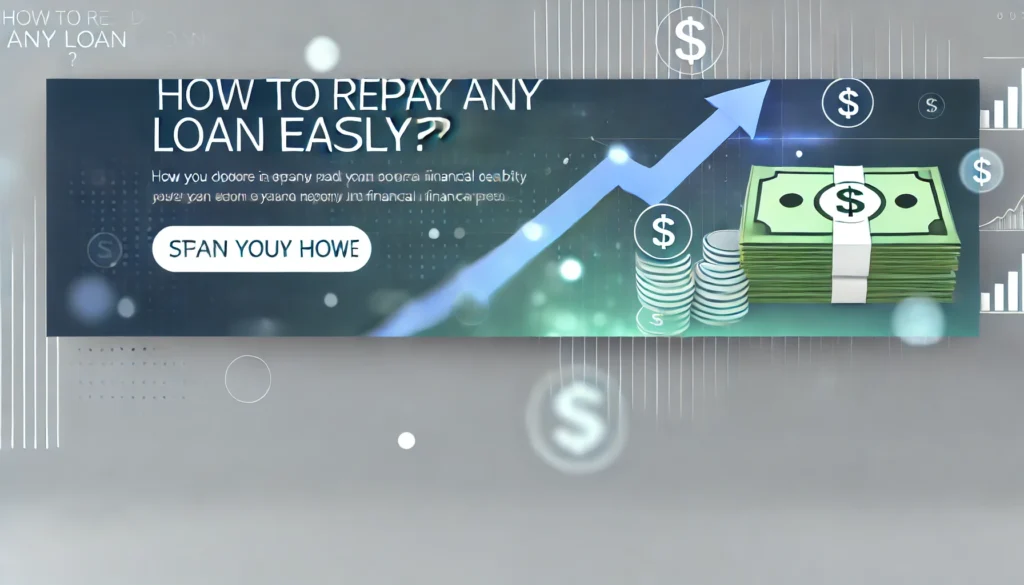Credit card debt continued to fall in the United States, falling to $978.8 billion in November, the Federal Reserve reports.The latest numbers are part of a steady decline since the coronavirus pandemic began in March. Credit card debt had reached an all-time high in February 2020, reaching $1.0943 trillion.
Key points to remember
- Credit card debt in the United States hit an all-time high of $1.0943 trillion in February 2020, but has been steadily declining during the coronavirus pandemic.
- The November figure of $978.8 billion is down 10.6% from February.
- The decline is likely due to rising unemployment and pandemic-related spending cuts, as well as actions taken by credit card issuers, such as lower credit limits.
Credit card balances drop from record highs
The coronavirus pandemic has wreaked havoc on the US economy. Tens of millions of workers have applied for unemployment benefits and food insecurity has reached crisis levels across the country.
Meanwhile, due to their increased risk of exposure to bad debts, credit card companies have made it harder to get a credit card, reduced credit limits and even closed some customer accounts.
All of these factors contributed to a decline in credit card spending throughout 2020.
| Credit card debt in 2020 | |
|---|---|
| Month | Credit card debt |
| January | $1.091 trillion |
| February | $1.0943 trillion |
| March | $1.0661 trillion |
| April | $1.0194 trillion |
| May | $994.7 billion |
| June | $992.4 billion |
| July | $994.3 billion |
| August | $984.6 billion |
| September | $988.6 billion |
| October | $979.5 billion |
| November | $978.8 billion |
The 2020 decline also represented a general slowdown after a long period of increases since the start of the decade, which hit $1 trillion for the first time in 2017.
| Credit card debt in the 2010s | |
|---|---|
| Year | Credit card debt |
| 2010 | $839.5 billion |
| 2011 | $841.2 billion |
| 2012 | $845.9 billion |
| 2013 | $858.2 billion |
| 2014 | $890 billion |
| 2015 | $898.7 billion |
| 2016 | $960.3 billion |
| 2017 | $1.0181 trillion |
| 2018 | $1.0546 trillion |
| 2019 | $1.0942 billion |
Fed expects consumer spending to rise in 2021
We may not see a full economic recovery in 2021. Vaccine distribution is taking longer than expected and consumers are still trying to recover financially from the fallout of the pandemic.
But the New York Fed’s survey of consumer expectations in November shows households expect to spend 3.7% more in the year ahead, the highest level the central bank has ever seen. recorded in four years.
That said, the survey also shows that workers do not expect to see income growth, which could lead to greater reliance on financial tools like credit cards to meet their needs. expenses. Investopedia has tips on how to get out of credit card debt for those who find themselves struggling with this common problem.

